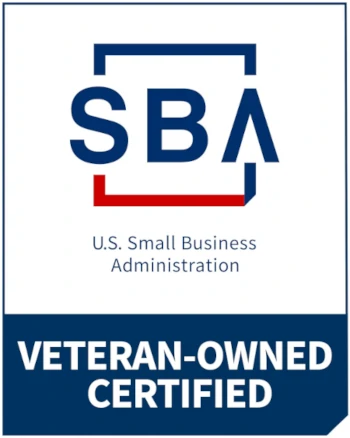SignaKey was recently featured in an article in Packaging Digest. The link below will take you to the article. Compared to other AIDC codes, SignaKey does not require quiet zones or external mark-finder features. They have the highest data density and error correction. If desired, every SignaKey can be unambiguously unique, and they are available in virtually unlimited quantities. Whether laser-marked or printed, SignaKey has had multiple successful automotive, military, entertainment, and medical applications in use for more than 10 years. Since 2012, SignaKey has been developing the process of placing a small Signakey inside the wall of parenteral drug containers using a high-frequency femtosecond laser. The challenges to overcome have all been related to size, speed, and cost. Today, a 0.8 x 0.8 mm SignaKey can be economically marked in the wall of a syringe, vial, or cartridge, either glass or COP, at rates above 300/minute. The SignaKey can be read at speeds greater than 1000/minute. This proven technology can economically deliver individual identification to primary containers for parenteral drugs at high speeds. Since the SignaKey itself is applied WITHIN the wall of the container, it cannot be damaged by rough handling nor contaminated with Silicon. Furthermore, the laser-marking process does not physically impact the container or change its physical or chemical properties and has minimal regulatory implications. Tests have shown that the Signakey mark within glass withstands a 320 C pharmaceutical depyrogenation cycle, and the low contrast mark does NOT interfere with visual inspection processes. By providing unit-level identification of the container, associate data can be captured during the individual process steps associated with the end-to-end manufacturing process for parenteral products – starting with glass converting, product filling, inspection, packaging and as needed, to the end customer. Today, data that may be captured for each unit is aggregated to the batch level, which is important and necessary. Having the ability to tie captured data to each individual unit creates value in a multitude of ways, not limited to: · Continuous Improvement Loops (Glassware, Filling, Inspection). · Smaller Quarantine Quantities, Faster Investigations. · Opportunity for Zero False Positives during Automated Visual Inspection. · Elimination of Dimensional Inspection for Incoming Inspection Process. · Prevention of Product Mix-ups. · Tie Filled/Labeled Container to Existing Serialization Systems. · Anti-Counterfeiting Feature.
Pharmaceuticals
Pharma Presentation

